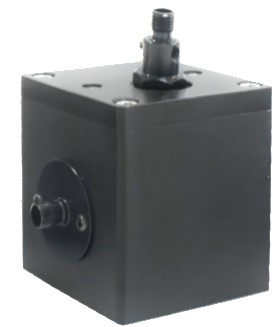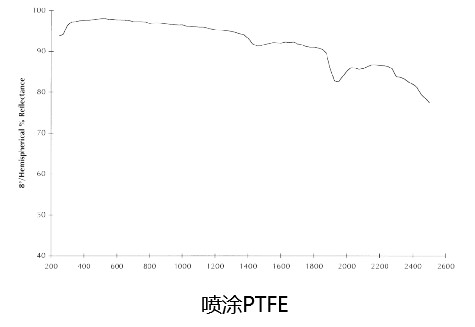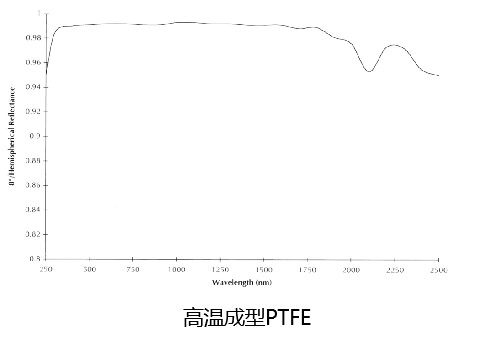Universal Integrating Spheres
An integrating sphere is a hollow sphere with a highly reflective inner surface. It is a high-efficiency device mainly used to collect light scattered or emitted by a sample inside or outside the sphere, or near a window, or the light emitted by the light source itself. It can be used to make precise measurements of the optical reflection and transmission properties of materials, the radiance, luminance, or chromaticity of light sources, etc. The inner shell of the integrating sphere is made of high-quality PTFE material, suitable for ultraviolet-visible-near infrared spectroscopy, and has good Lambertian characteristics within this spectral range. Each integrating sphere has a wide range of applicability. Photometric integrating spheres can be combined with spectrometers, optical fibers, light sources, and various optical measurement equipment to form a system for various sample measurements. Suitable for measuring various samples, such as sample surface reflectance, sample transmittance, light source radiation, etc.

|
Product Application ● Spectral measurement of reflectance and transmittance ● Laser Power Spectral Measurement ● Fluorescence Quantum Efficiency Spectral Measurement ● Scientific research experiments and analysis ● Radiation Calibration
|
Product specifications and manual
Product Manual: 
| Product Name | Reflective integrating sphere | 
|
| Specification model | LYH2-38 |
| Integral ball diameter | 38mm |
| Outer shell material | Aluminum alloy, surface anodized black |
| Integral ball coating | PTFE High-temperature molding PTFE |
| Use band range | 250nm-2500nm |
| Outflow port size | Customized as required | 
|
| Interface type | SMA905 interface, FC interface, detector interface (choose according to actual use) |
| Coating reflectance | 97%--99% |
| Light source | As an optional accessory, bromine tungsten lamps, LED lamps, and xenon lamps can be combined for use as a uniform light source |
| Bracket structure | Optional customized parts |
| Random materials | Certificate of conformity, instruction manual, "Copy of diffuse reflectance data tested by the China Metrology Academy" |
Process material comparison
| High-temperature molding PTFE | PTFE Spray PTFE | Note |
| Material technology | PTFE high-temperature sintering molding | Powder mixing spray |
|
| Applicable spectral range | 250-2500nm | 380-2400nm | See the spectral curve |
| Lambertian reflectance ratio | Visible light 99% | Visible light 97% |
|
| Laser damage threshold | About 4J/cm2 | About 1.5 J/cm2 |
|
| High thermal stability | Decomposition at >350℃ | <100° <100° | Long-term use at high temperatures will accelerate aging |
| Waterproof | Easy to be hydrophobic, can be used in water | Do not use with water |
|
| Plasticity | Can be processed into any shape | It is necessary to spray on the surface of the existing molded products |
|
| Dirt resistance | Non-penetrating dirt, all can be repaired and processed, washed and polished | Dust can be cleaned, the rest of the dirt can only be repainted |
|
| Scope of Use | Integral ball diameter 200mm (and below), standard whiteboard single piece size not exceeding 400*400mm | Any size can be achieved for spraying |
|
| Advantages and disadvantages | Advantages: Can provide the highest diffuse reflection ratio for any known material or coating in the ultraviolet-visible-near infrared spectral region, and can be used in a vacuum environment
Disadvantages: Limited size, high cost | Advantages: Not restricted by size and shape requirements, relatively low price
Defects: Low ultraviolet reflectivity, chipping and strong vibration may cause chipping |
|